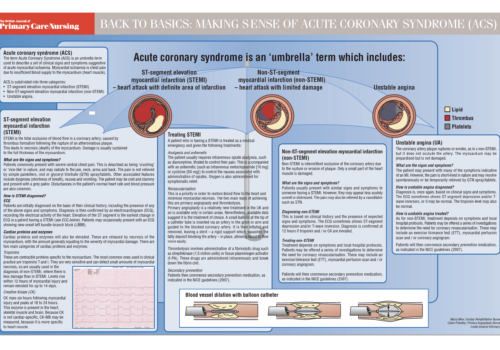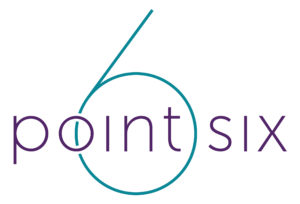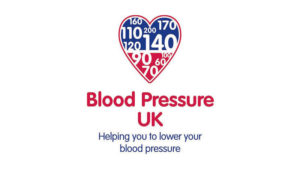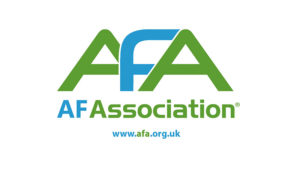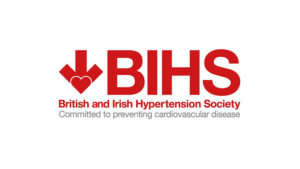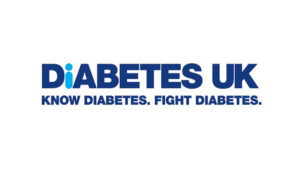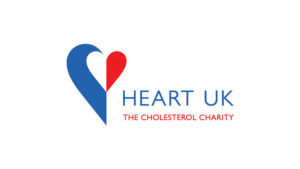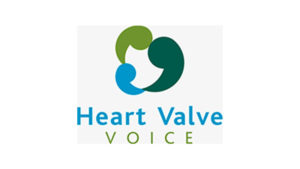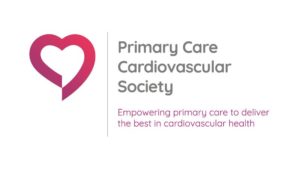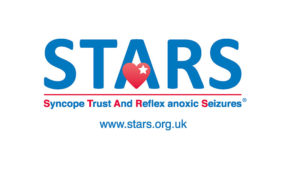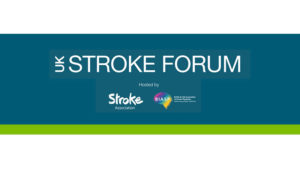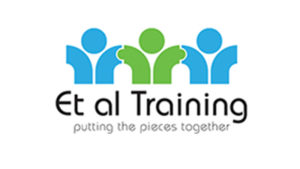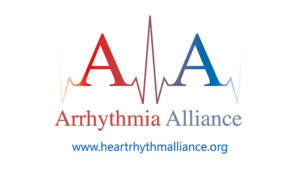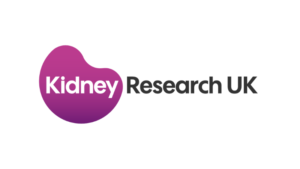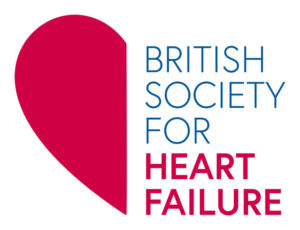Glitazones were rapidly incorporated into the management of patients with type 2 diabetes after their introduction. How do they work and when should we consider using them? And what should we make of recent discussions about the possibility of an increased risk of myocardial infarction with rosiglitazone?
Hands on Hypertension: Getting to Targets in Practice
Hypertension affects one in five people in the UK and is poorly managed despite a range of drug and lifestyle interventions known to be useful and effective. We are constantly reminded about the importance of getting people to target with blood pressure (BP) treatments but this can be easier said than done. In this article, we will look at the challenge of getting blood pressure readings down to target levels and we will work through some case studies to explore possible solutions to achieving the targets in practice.
Monitoring kidney function with eGFR
Around 2.9 million people in the UK have moderate-to-severe kidney disease. Estimated glomerular filtration rate (eGFR) can help to identify patients at high risk of cardiovascular disease (CVD) and improve the prevention and management of chronic kidney disease (CKD). In this article, we explain why it is important to detect CKD early, how eGFR is calculated and how to reduce risk in patients found to have impaired kidney function.
Pass the Salt: How to Cut Down
We’re recommended to eat a maximum of a teaspoon a day but nearly all of us eat more. Salt provides sodium which is needed in small amounts for maintaining water balance and is used in nerve activity – but too much can lead to serious health complications. How can we help our patients to cut down on their salt intake?
Chronic Wounds: Optimising Wound Management
Practice and other community-based nurses play a central role in achieving high quality wound care in patients treated initially in general practice and in those who have been discharged from hospital. This article summarises some of the wound management products available for chronic wounds, and the importance of continued wound care in the primary care setting, before focusing on one of the latest approaches – total negative pressure (TNP).
Winning the Flu Immunisation Campaign
Polycystic Ovary Syndrome (PCOSs): Where Metabolic Syndrome Meets Gynaecology
Polycystic ovary syndrome (PCOS) is a complex and distressing life-long condition. It is the commonest endocrine disorder among women of reproductive age, affecting 5-15% of women. PCOS causes short-term effects due to hormonal imbalance as well as longterm effects relating to underlying insulin resistance and consequent hyperinsulinaemia, a form of metabolic syndrome. How can we achieve effective reduction of risk factors in these women to prevent premature cardiovascular disease?
Portfolio Diet
The consistency and magnitude of cholesterol lowering achieved following the introduction of statins has resulted in less importance being given to long-term diet-based interventions over the past few years. Nevertheless, lifestyle changes are, and will remain, the preferred option before resorting to long-term drug therapy. They are also essential in people below the cut-off cholesterol level for drug treatment or where side-effects limit drug use. This article reviews the portfolio diet and its role in cholesterol management.
Stable Angina: Making the Most of Cardiac Function
Stable angina is very common. Just under two million people in the UK – over one million men and 840,000 women – have, or have had, angina. In this article we review how new-onset stable angina is assessed, including an update on new investigations, and the latest treatment options including drugs and interventions, based on the most up-to-date guidelines and current practice.
What Happens In Phase III Cardiac Rehabilitation?
The aim of cardiac rehabilitation is to help people who have had a cardiac event recover and resume as full a life as possible and help reduce the risk of further cardiac problems. The ‘cardiac hope and confidence programme’ is a good way of describing the rehabilitation process as many patients tell us that this is what they gain most from the programme. We review what happens in phase III cardiac rehabilitation and what it can achieve in practice.
To Glove or Not to Glove?
With increasing awareness about preventable acquired infections along with ever increasing patient knowledge, it is essential that all healthcare staff understand the principles underpinning infection control. In particular, they need to be clear about hand hygiene and the appropriate use of gloves if they and their patients are to remain safe from the risk of transmission of microorganisms and the infections they cause. We review when gloves are needed and when they are not.



